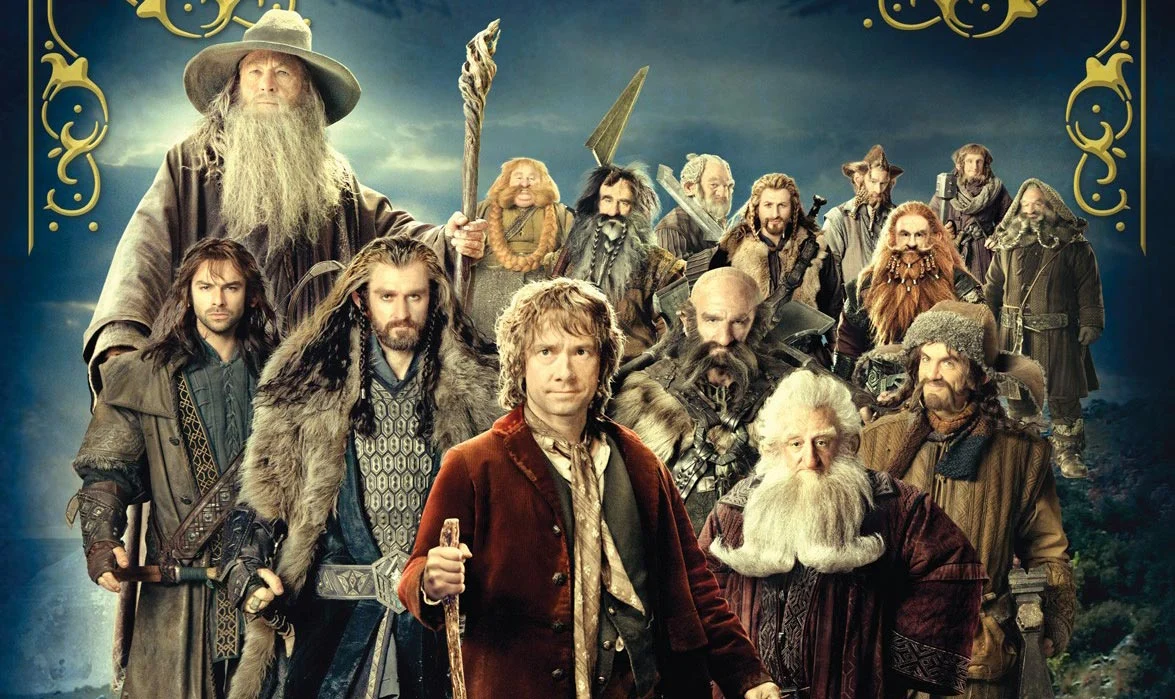The Hobbit just premiered in New Zealand and reviews should be pouring in any moment now. It won’t be long before we’ll find out if Peter Jackson was able to pick up where he left off on the Lord of the Rings series, but the other verdict that could take longer to reach is how the world reacts to the movie at 48 frames a second.

As Reuters reports, Peter Jackson said the leap from 24 frames a second to 48 frames a second is as big of a transition as CDs from vinyl albums. As Jackson notes on his Facebook page, “Now, in the digital age, there’s no reason whatsoever to stick to 24.”
Yet not everyone’s convinced, which is why Warner Brothers is only opening the 48 fps version in 450 screens out of the 4,000 screens the Hobbit will play on in the States and Canada when it hits theaters on December 14.
Although the studio is treading cautiously, Dan Fellman, president of domestic distribution for Warner Brothers told the L.A. Times, “When you have something new, you want to make sure it works. This is unique, it’s different and we’ll have to see how people adjust to it.” The opinions on 48 fpm in the Times were predictably mixed.
The President of NATO, the National Association of Theater Owners, told the Times “The difference is obvious and dramatic. The question is whether or not it’s a difference that drives patrons to the theater.” But the NATO President also saw a version of the 48 fpm footage that was color corrected, not the raw version that played in Vegas in April that fans weren’t nuts about. “It really wasn’t representative of what it looks like today. I think it will have a big impact on the industry.”

One theater exhibitor also raved, “This is a much more immersive, sharp and engaging experience. It feels like you’re right there.” He also wished there would be more screens showing the Hobbit in 48 fps, “But Warner is trying to feel their way on it, which I can understand.”
The real test of course will be with paying audiences, and thankfully the Hobbit will play in just about every format you can think of, and it’s success isn’t contingent on any new technology. At the end of the Times report, one source said “It will take time for mass audiences to get on board,” this is what some have felt from the beginning, that if audiences really take to it, it’s going to take some time to get immersed in the experience, get used to it, and finally leave 24 frames a second behind.






